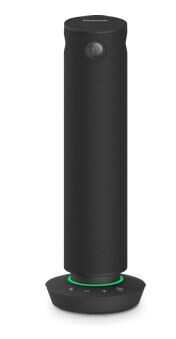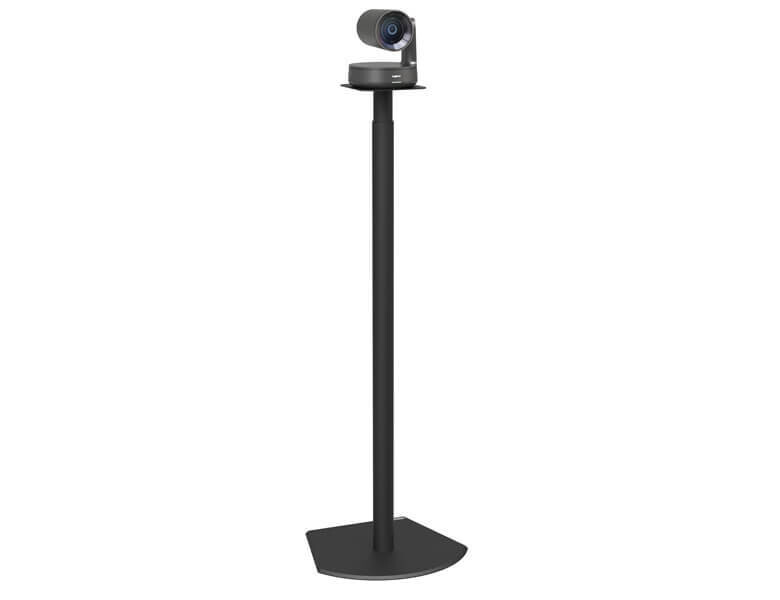















£1,334.00*
- Resolution 2560 x 1440 QHD / WQHD
- Camera resolution 5 MP


Frequently purchased together
Product information
For a more realistic feel with the 360-degree camera
Optimal video and audio transmission
TY-CSP1 is a hybrid conference terminal that enables horizontal 360-degree recording with four cameras and has microphones and speakers that also cover a wide 360-degree range. It supports natural communication with people participating in web conferences through its clear audio capture and amplification.
Easy to use
For easy set-up and use, video and audio are transferred to the PC via a single USB cable to save work in preparing for a meeting. Volume and video views can be controlled via the buttons on the base of the main unit. The operating status is immediately visible via the coloured LED ring on the unit and can be operated intuitively.
Installation and portability
With a diameter of Φ63.4 mm (2.5 inches) that is easy to grip, the unit can be freely carried around the office and web conferences can be easily conducted. Alternatively, it can be mounted on a tripod or securely fixed with safety slots.
Technical data
| Name | Panasonic TY-CSP1 Conference Camera, 2560 x 1440 QHD / WQHD, 5 MP, 30 fps |
|---|---|
| Article number | 1000024112 |
| GTIN/EAN | 4010869312035 |
| Manufacturer SKU | TY-CSP1 |
| Model name | TY-CSP1 |
| Brand | Panasonic |
| Product Type | Conference Camera |
| Resolution | 2560 x 1440 QHD / WQHD |
| Frames per Second | 30 fps |
| Focus type | Manual & automatic focus |
| Camera resolution | 5 MP |
| Camera sensor | 1/2.7"5MP CMOS |
| Inputs | 1x USB-C |
| Product width | 6.4 cm |
| Product height | 28.5 cm |
| Product depth | 6.4 cm |
| Weight | 2 kg |
| Colour | Black |
| Delivery contents | Quick user guide , USB-C Cable |
| Condition | New |
| Warranty | 24 Month |
| Warranty type | Bringin service Service and support information |
Product safety
| Person responsible for the EU |
|---|
| Panasonic Deutschland |
| Winsbergring 15 |
| 22525 Hamburg |
| Germany |
| panasonic.de@eu.panasonic.com |




